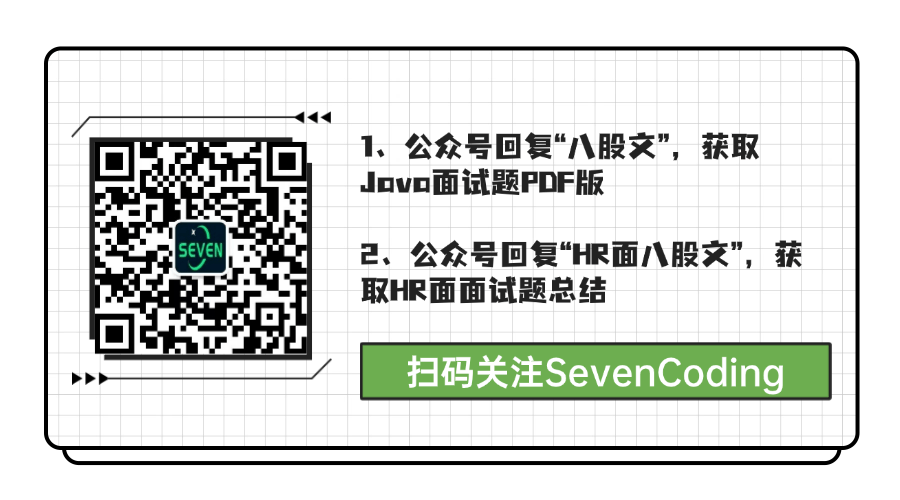Collections2
private Collections2() {
}私有构造器,也没有静态构造器,所以可以很明确它是一个纯工具类了。
filter过滤方法
传入一个带过滤的容器,和一个实现过滤规则的函数类,返回一个带有过滤动作的容器
public static <E extends @Nullable Object> Collection<E> filter(
Collection<E> unfiltered, Predicate<? super E> predicate) {
if (unfiltered instanceof FilteredCollection) {
// Support clear(), removeAll(), and retainAll() when filtering a filtered
// collection.
return ((FilteredCollection<E>) unfiltered).createCombined(predicate);
}
return new FilteredCollection<E>(checkNotNull(unfiltered), checkNotNull(predicate));
}如果是Collections2.FilteredCollection类,则直接转型到Collections2.FilteredCollection,然后返回这个类。如果不是Collections2.FilteredCollection,则new一个,将传入的容器和规则传入。
static class FilteredCollection<E extends @Nullable Object> extends AbstractCollection<E> {
// 存储待处理的集合
final Collection<E> unfiltered;
//存储过滤规则
final Predicate<? super E> predicate;
FilteredCollection(Collection<E> unfiltered, Predicate<? super E> predicate) {
this.unfiltered = unfiltered;
this.predicate = predicate;
}
//根据新的过滤规则和原来的过滤规则合并创建一个新的容器
FilteredCollection<E> createCombined(Predicate<? super E> newPredicate) {
return new FilteredCollection<E>(unfiltered, Predicates.<E>and(predicate, newPredicate));
// .<E> above needed to compile in JDK 5
}
//添加元素方法
@Override
public boolean add(@ParametricNullness E element) {
//根据过滤规则进行测试是否符合,如果符合便进行添加
checkArgument(predicate.apply(element));
return unfiltered.add(element);
}
//添加一个容器中所有元素
@Override
public boolean addAll(Collection<? extends E> collection) {
//遍历容器,并对每一个容器进行筛选
for (E element : collection) {
checkArgument(predicate.apply(element));
}
//如果都满足就添加
return unfiltered.addAll(collection);
}
//...其他方法
}转型方法
传入一个转型的类,再传入一个转型规则
public static <F extends @Nullable Object, T extends @Nullable Object> Collection<T> transform(
Collection<F> fromCollection, Function<? super F, T> function) {
return new TransformedCollection<>(fromCollection, function);
}static class TransformedCollection<F extends @Nullable Object, T extends @Nullable Object>
extends AbstractCollection<T> {
//需要转型的容器
final Collection<F> fromCollection;
//转型规则
final Function<? super F, ? extends T> function;
TransformedCollection(Collection<F> fromCollection, Function<? super F, ? extends T> function) {
this.fromCollection = checkNotNull(fromCollection);
this.function = checkNotNull(function);
}
//根据转型规则进行迭代
@Override
public Iterator<T> iterator() {
return Iterators.transform(fromCollection.iterator(), function);
}
//...其他方法
}有序排列方法
//第一种是调用了第二种
public static <E extends Comparable<? super E>> Collection<List<E>> orderedPermutations(Iterable<E> elements) {
return orderedPermutations(elements, Ordering.natural());
}
//第二种直接创建了Collections2.OrderedPermutationCollection类
public static <E> Collection<List<E>> orderedPermutations(Iterable<E> elements, Comparator<? super E> comparator) {
return new Collections2.OrderedPermutationCollection(elements, comparator);
}private static final class OrderedPermutationCollection<E> extends AbstractCollection<List<E>> {
//不可变集合
final ImmutableList<E> inputList;
//比较器
final Comparator<? super E> comparator;
final int size;
OrderedPermutationCollection(Iterable<E> input, Comparator<? super E> comparator) {
this.inputList = ImmutableList.sortedCopyOf(comparator, input);
this.comparator = comparator;
this.size = calculateSize(inputList, comparator);
}
/**
* The number of permutations with repeated elements is calculated as follows:
*
* <ul>
* <li>For an empty list, it is 1 (base case).对于空列表,它是1(基线条件)。
* <li>When r numbers are added to a list of n-r elements, the number of permutations is
* increased by a factor of (n choose r).
当向n-r个元素的列表中添加r个数字时,排列的次数是(n choose r)的倍数。
* </ul>
*/
private static <E> int calculateSize(
List<E> sortedInputList, Comparator<? super E> comparator) {
int permutations = 1;//用于存储排列数,初始值为1
int n = 1;//用于追踪当前元素的索引位置,初始值为1
int r = 1;//用于追踪当前重复元素的次数,初始值为1
while (n < sortedInputList.size()) {
//使用比较器比较索引为n-1和n的元素
int comparison = comparator.compare(sortedInputList.get(n - 1), sortedInputList.get(n));
if (comparison < 0) {//如果索引n-1的元素小于索引n的元素
// We move to the next non-repeated element.
//更新排列数。
//IntMath.binomial用于计算二项式系数的函数
//IntMath.saturatedMultiply 用于计算两数相乘,但不会溢出int的最大最小值
permutations = IntMath.saturatedMultiply(permutations, IntMath.binomial(n, r));
r = 0;//重置r=0
if (permutations == Integer.MAX_VALUE) {
return Integer.MAX_VALUE;
}
}
n++;
r++;
}
return IntMath.saturatedMultiply(permutations, IntMath.binomial(n, r));
}
@Override
public Iterator<List<E>> iterator() {
return new OrderedPermutationIterator<E>(inputList, comparator);
}
//..。其他方法
}
